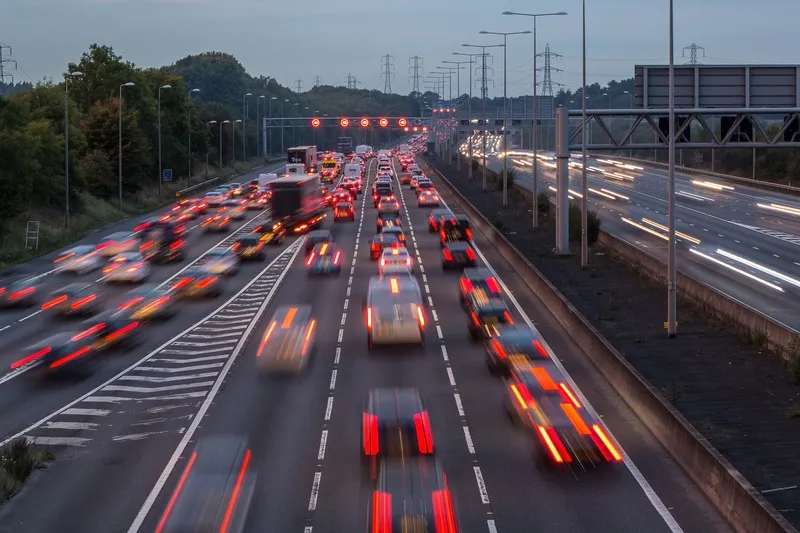Price-comparison website Confused.com is calling for a re-think on traffic lights in the UK in order to reduce congestion. This is supported by an Institute of Economic Affairs report which puts the cost of delays caused by traffic controls at US$21 billion (£16 billion) a year. It also states that four in five (80%) traffic lights in the UK could be removed to boost the economy and road safety.
New research by Confused.com reveals that the average UK driver spends 48.5 hours a year stationary at traffic
August 25, 2016
Read time: 2 mins
Price-comparison website Confused.com is calling for a re-think on traffic lights in the UK in order to reduce congestion. This is supported by an Institute of Economic Affairs report which puts the cost of delays caused by traffic controls at US$21 billion (£16 billion) a year. It also states that four in five (80%) traffic lights in the UK could be removed to boost the economy and road safety.
New research by Confused.com reveals that the average UK driver spends 48.5 hours a year stationary at traffic lights. It also found that of British motorists who drive on a daily basis, the average time spent waiting at red lights is eight minutes, accounting for nearly a fifth (18%) of the average time spent in a car on a daily basis. And some British drivers (15%) say they even spend 11-15 minutes waiting at red lights on a daily basis.
According to Freedom of Information data obtained by Confused.com, it seems that UK drivers have to contend with more sets of traffic lights than ever before. The data shows that British drivers face more than 33,800 traffic light systems on roads across the country, a 23% increase since 2013.
The frustration of traffic lights can lead to many drivers taking action into their own hands, with nearly three in 10 people (29%) saying they have driven through a red light and nearly a third of these (32%) doing so deliberately.
Worryingly, of those drivers who have deliberately driven through a red light, one in 15 (7%) say they have had an accident, while with one in 20 (5%) said they collided with a pedestrian. Nearly one in five (18%) said that another car driving through a red light almost crashed into them.
Amanda Stretton, motoring editor at Confused.com, says the while red lights are a frustration for many driver, they are a necessity to keep traffic moving. However, rushing through a red light can outweigh the benefits and can cause problems for drivers and pedestrians alike.
New research by Confused.com reveals that the average UK driver spends 48.5 hours a year stationary at traffic lights. It also found that of British motorists who drive on a daily basis, the average time spent waiting at red lights is eight minutes, accounting for nearly a fifth (18%) of the average time spent in a car on a daily basis. And some British drivers (15%) say they even spend 11-15 minutes waiting at red lights on a daily basis.
According to Freedom of Information data obtained by Confused.com, it seems that UK drivers have to contend with more sets of traffic lights than ever before. The data shows that British drivers face more than 33,800 traffic light systems on roads across the country, a 23% increase since 2013.
The frustration of traffic lights can lead to many drivers taking action into their own hands, with nearly three in 10 people (29%) saying they have driven through a red light and nearly a third of these (32%) doing so deliberately.
Worryingly, of those drivers who have deliberately driven through a red light, one in 15 (7%) say they have had an accident, while with one in 20 (5%) said they collided with a pedestrian. Nearly one in five (18%) said that another car driving through a red light almost crashed into them.
Amanda Stretton, motoring editor at Confused.com, says the while red lights are a frustration for many driver, they are a necessity to keep traffic moving. However, rushing through a red light can outweigh the benefits and can cause problems for drivers and pedestrians alike.









